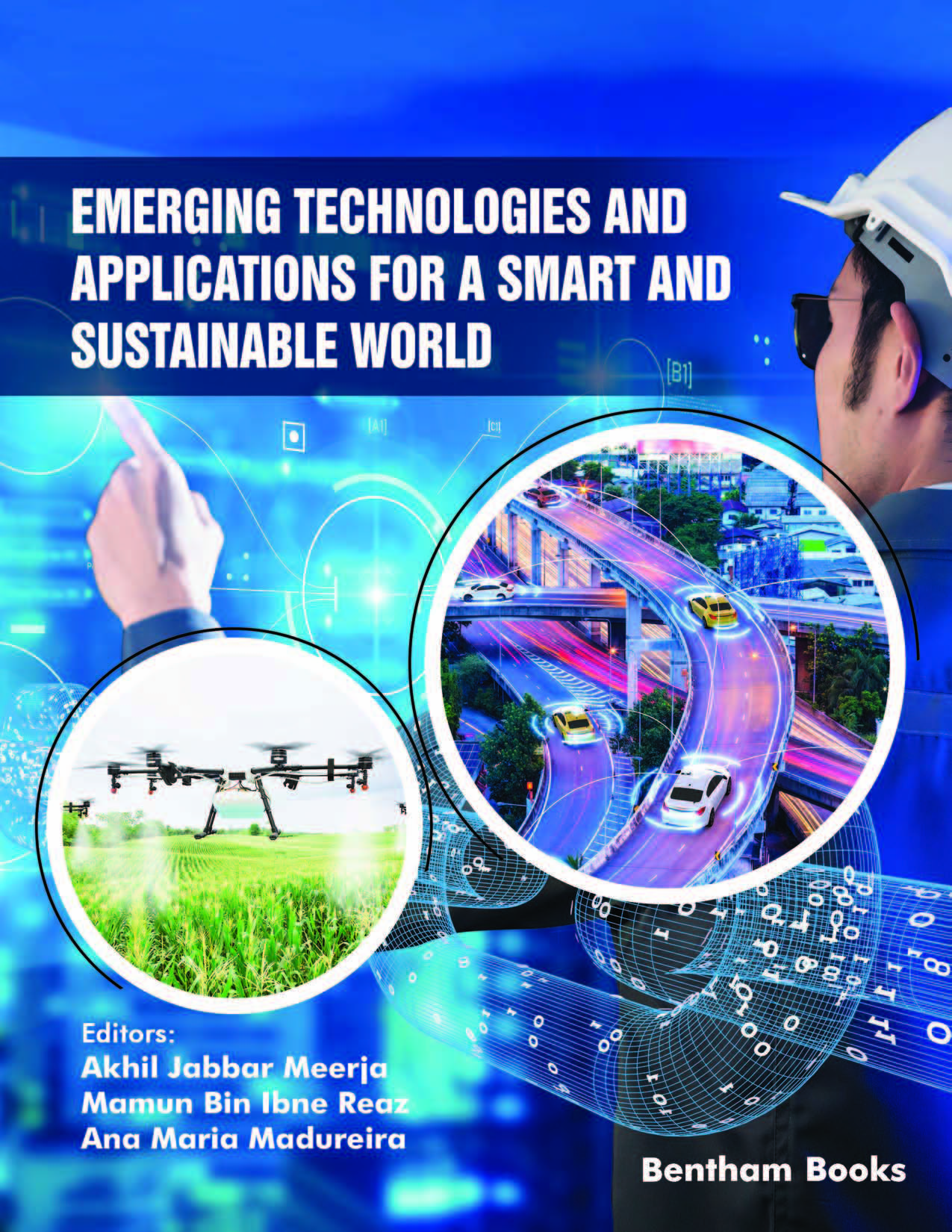The contents of this book are a distillation of many chapters which have subsequently become the material for Emerging technologies and applications for smart and sustainable world. Emerging technologies will have radical novelty, relatively fast growth, and coherence, prominent impact on community and in the transformation to smart world.
Text book covers various applications and techniques using Artificial intelligence, IOT technologies in various areas like transportation, energy, health, education, economy, governance, manufacturing etc suitable for transforming into smart and sustainable world.
This Textbook is suitable for learning and understanding various technologies used in making smart applications for living smart and transforming communities into smart communities.
Chapter 1 presents IOT based Smart Energy Management in Buildings of Smart Cities.
Chapter 2 Presents Smart Harvesting systems using RF Based Energy.
Chapter 3 presents evaluation of Intelligent Street Lightening systems using Meta material based antennas.
Chapter 4 outlines the various security aspects of Internet of vehicles.
Chapter 5 presents various technologies transforming cities from vision to reality.
Chapter 6 highlights the emerging technology called Block Chain: The vibrant technology for the management of smart cities.
Chapter 7 Presents Multi Lingual Smart Virtual Personal Assistance: A Step towards Improving Life of Especially Able Society.
Chapter 8 Comes with a concept called Farm Doctor: Smart App using Deep Learning Multi Class Model for Crop Disease which is used for agriculture sector.
Chapter 9 Highlights Environmental Monitoring and Management.
In conclusion, we would like to explain the philosophy underlying the material presented in this book.
We wish to express our heartful thanks to the reviewers for reviewing the manuscripts.
Akhil Jabbar Meerja
Vardhaman College of Engineering
India
Mamun Bin Ibne Reaz
Universiti Kebangsaan
Malaysia
&
Ana Maria Madureira
Departamento de Engenharia Informática
ISEP/IPP, Rua Dr. António Bernardino de Almeida, 431,
Porto, Portugal

